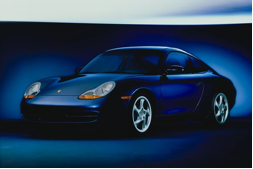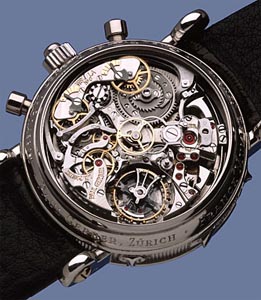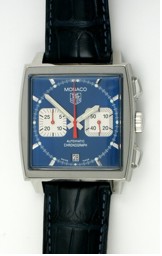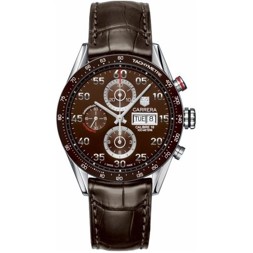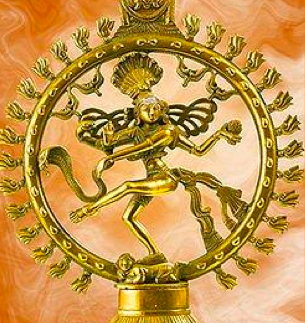

The Barnacle Factor
Charles Darwin is justly famous for his 1859 On the Origin of Species and his 1871 The Descent of Man. What is not as well known is that he was a world authority on barnacles. After hearing Louis Agassiz lecture on Cirrioedia (barnacles) in 1847, Darwin made these small creatures a life study. Ironically, Agassiz, one of William James' professors at Harvard, went on to become a staunch critic of evolution. Yet for Darwin, the intense, ongoing, close, and multi-layered probing of the 'lowly' barnacle prepared the way for some of his generic theories. His studies resulted in a significant four volume work (from 1851-1854). This, along with his studies of coral reefs and orchids, grounded him in the realms of insistent particularity.
By invoking the barnacle factor I am making a case for the slow, careful and detailed study of realities that pull us away from the kind of generic architectonic philosophers correctly spend their lives framing and ramifying. Each of the activities listed below, often called "hobbies," represent an aspect of my drive to balance high level categorial reconstruction with objects and events that are unrepentant in their directness and sheer complexity. Perhaps most important is the beauty that can be discovered in 1) car racing, 2) coffee craft, 3) retro, yet up-to-date, mechanical wristwatches, and 4) vintage and contemporary fountain pens.
Since I was fourteen I have admired the sophisticated sports car Porsche and I currently own a 2001 model 911 Carrera Four Coupe in Lapis Blue, with 300 HP and a six-speed manual shift. With the Northern New Jersey Porsche Club I regularly race, non-competitively, on some of the major tracks. In addition, I sharpen my skills with the Roos Racing School that operates out of the Pocono International Track, and the Skip Barber Racing School that operates out of the track at Lime Rock, CT. Each course starts with a lot of physics and an analysis of: inertia, drift, the line, the apex, working a non-synchronized gear box with double clutching, down force, braking and load transfer (longitudinal and lateral), accelerating out of a curve, the properties of tires, over and under steer, entrance and exit points for each curve (down to mere inches), centrifugal force and how to exploit it, G pressure (in the Formula 1 cars the G force can reach 4.5, while the launch of the space shuttle produces) 4), heel/toe shifting (for advanced students), and all of the flag signals around the course of the track. The photo is of me negotiating turn three at the Pocono Track.
This company stock photo is a very close replica of my Porsche.
Decades ago I had my first genuine espresso in Italy and ever since I have tried to duplicate that experience. Coffee is a passion and I am keen on studying its often tragic history of slavery and economic disenfranchisement along side of my interest in finding the best beans, roasting, and preparation. I only drink Peets coffee which is flown in from Berkeley, CA. With a proper burr grinder I can grind anything from the powder of Turkish coffee to the coarse grind of the French Press. For espresso that is finally the equal of my first Italian cup, I use the recently invented Bugatti Diva below. It has 15 bar pressure (normally a home machine will have 8-9 bars) and makes an astonishing cup with perfect crema. Coffee liturgy has its own self-standing criteria of performance and judgment.
More recently I have become interested in the subtle art and science of high-end mechanical watches. There has long been a linkage between the world of car racing and the quieter world of luxury watches. A number of firms, like TAG Heuer, have signed on with famous races, e.g., Formula 1 and Le Mans, or brands such as Ferrari. The actor Paul Newman regularly raced in the French Le Mans, wearing the Monaco model of the TAG Heuer Company, a model now very much in demand. In both cases the engineering and precision, along with high demands for performance, have had a strong appeal with people who insist on knowing everything possible about the cars they watch on the track and the wristwatch that is always with them. In the 1970s the first non-mechanical watches were invented using a vibrating crystal instead of gears, and a battery instead of a hair spring. And while the crystal watches are slightly more accurate than the mechanicals, they have absolutely nothing of interest about them. For good or ill, the revival of the classic mechanical wristwatch is driven by people of wealth who can afford to buy a Swiss made mechanical for from $10,000 to over a million. While this is beyond my price range, I still find the study of these small works of brilliant engineering and aesthetic grace to be a great joy. Below is one of the most elaborate mechanical watches ever made with over seven hundred pieces--all assembled by hand by the Paul Gerber Company.
This is my TAG Heuer Steve McQueen Monaco watch that is back in production to honor the actor for his racing skills at Le Mans, France in 1969 and his starring role in the resultant movie of that title. It is a self-winding (automatic) mechanical with a signature blue leather band.
This is my TAG Heuer Carrera Day/Date Chronograph. It is an automatic mechanical with a "skeleton" back; that is, the back is clear sapphire so that the working movements can be seen. Complications include different timing mechanisms and a tachometer.
A special case can be made for the study of fountain pens as an application of the barnacle factor, but now with a normative dimension. Penmanship is rarely taught past the third grade these days and consequently there is almost no interest in creating beautiful, or even serviceable, script. Compare a letter written by an average soldier in the American Civil War with what passes for handwriting today. The decay is disturbing. As I grew up with fountain pens as a viable option--granted, in cheap versions with cartridges--it is not too much of a shift to reestablish that connection. Without falling prey to animism or panpsychism, I can say that fountain pens are living things and that sustained interaction with them opens out the senses in a unique way. The available colors, many made by long-standing companies, not to mention the sights and smells, make the flowing line emitted from the nib a living work of art. Every aspect of writing has to be decided upon, either as the result of experimentation, or via a creative leap. Which pen, which nib size, which ink, which blotter, which paper, what kind of flow, what kind of moisture protection on the envelop, when to refill, when and how to clean--either a drop of Windex or an ultrasonic cleaner, what kind of cotton rag to use in the finished cleaning, and on and on? Barnacles and fountain pens cannot be grasped with a quick fly-by, but only slowly, slowly, slowly. Query need not be confined to the big-ticket items. The normative dimension of this particular query is to reconfigure the temporality of expression and meaning so that particulars can again radiate, evoke, challenge, invite, and birth a hermeneutics of the quotidian.
This is my Visconti Van Gogh. The Visconti Company is only a few decades old but has already become a leader in new technologies such as the use of eco-friendly cellulose for the barrels and creative design ideas. Their recent Opera Series is especially noteworthy. Their headquarters and manufacturing plant are in Florence, Italy.
This is my more sedate Pelikan 800. The German Pelikan Company has been making pens since the nineteenth century and is considered to be one of the top manufacturers in the world for always reliable pens. The Pelikan trade mark derives from the Roman Catholic image of the mother pelican feeding its young from its own blood--as a symbol of the endless giving of the Church.


